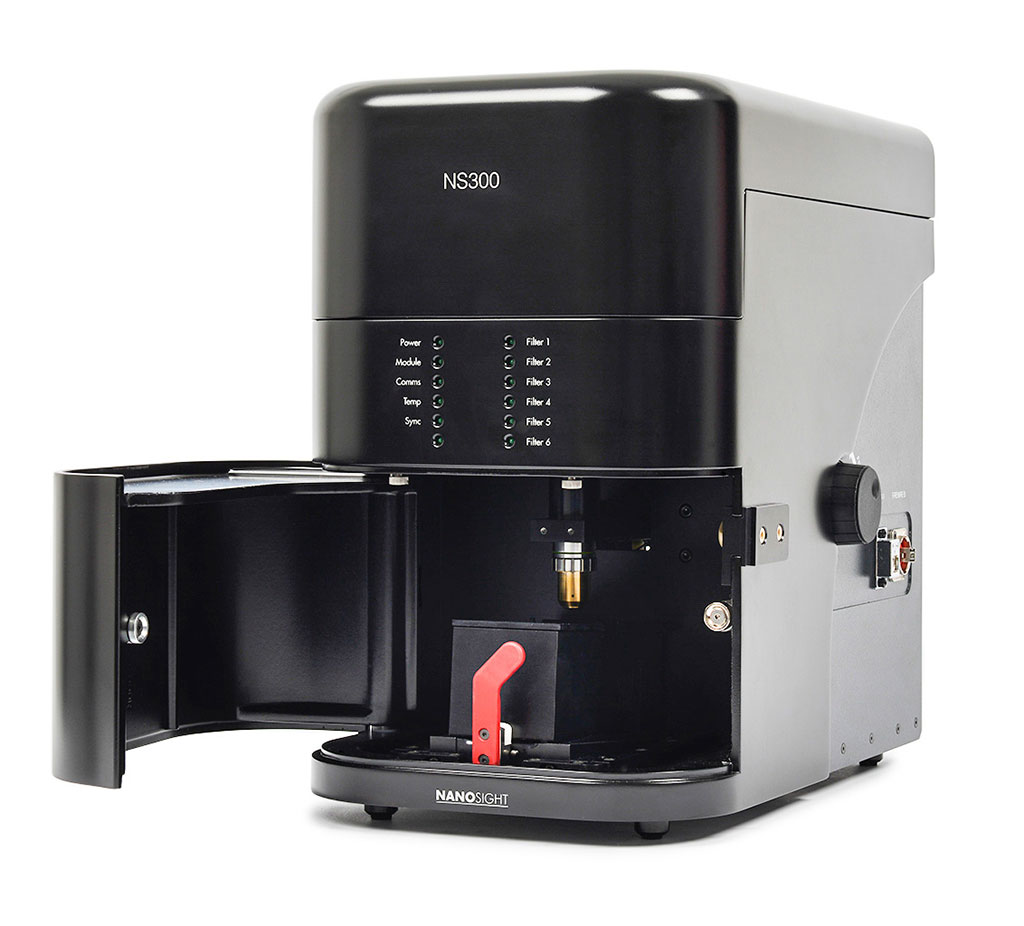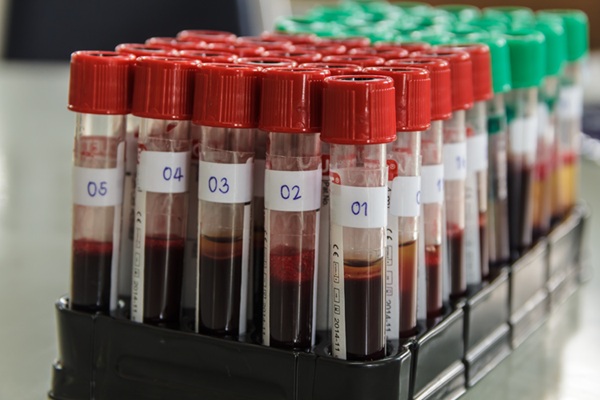Early Plasma Biomarkers Discovered for Alzheimer's Disease
By LabMedica International staff writers
Posted on 10 Feb 2021
Alzheimer's disease (AD) is the predominant form of dementia and the most common neurodegenerative disorder. Advanced age and the presence of the ε4 allele of the apolipoprotein E gene (APOE) are the most relevant late‐onset sporadic AD‐promoting factors as they interact with the core mechanisms of this neurologic disorder.Posted on 10 Feb 2021
ApoE is essential to modulate cerebral lipid homeostasis and neurogenesis with the ApoE4 isoform promoting less efficiently the transport of essential lipids to neurons. In addition, proteolytic degradation of the amyloid beta (Aβ) peptide is compromised in APOE ε4 carriers, thus increasing amyloidosis and the risk of progression to AD.

Image: The NanoSight NS300 Instrument provides an easy-to-use, reproducible platform for nanoparticle characterization (Photo courtesy of Malvern Panalytical Instruments).
Medical Scientists from the Institut National De La Recherche Scientifique (Laval, QC, Canada) analyzed blood samples collected as part of the Canadian Study of Health and Aging (CSHA). The population studied consisted of patients with cognitive problems, but not suffering from dementia, and only some of whom developed Alzheimer's disease. The team determined levels of pathogenic, neurotrophic and inflammatory proteins in peripheral extracellular vesicles (pEVs) and in plasma from cognitively impaired, no dementia (CIND) participants stratified upon the absence (APOE ε4‐) or the presence (APOE ε4+ ) of the ε4 allele of APOE.
The scientists used the following methods to determine the results: various pEVs suspensions were diluted in ultra‐pure filtered water (1:1000) and injected into the NanoSight NS300 system (Malvern Panalytical instruments, Inc., Malvern, UK); Western blot analysis; Dual immune‐labeling of pEVs with image analysis was performed using the Zeiss LSM780 laser scanning confocal microscope (Zeiss, Jena, Germany). The pEVs’ protein content of BDNF, APP, NSE, NPTX‐2, α‐Syn, DJ‐1, MMP‐9, S100B, PrGN, LCN‐2, and ANGPTL‐4 was determined by the multiplex Luminex assay and the accumulation of the protein fragments Aβ1‐40, Aβ1‐42 and different forms of the protein tau (t‐tau and p‐tau181) were evaluated by another Luminex assay (Luminex Corporation, Austin, TX, USA).
The scientists reported that levels of neurotrophic and inflammatory markers were reduced in pEVs from APOE ε4+. The pentraxin‐2/α‐synuclein ratio measured in pEVs was able to predict AD five years before the onset among APOE ε4+‐CIND individuals. Patients with this gene who developed the disease five years later had markers present that varied with the progression of the disease. The presence of APOE ε4 does not impact on the levels of Aβ1‐42, t‐tau, and p‐tau181, and the ratio Aβ1‐42/p‐tau181 in pEVs. The profile of inflammatory and trophic factors measured in CIND patients showed that APOE ε4 is associated with lower levels of neurotrophic markers such as DJ‐1, PrGN, and α‐Syn, with a higher discriminating capacity in pEVs compared to plasma except for α‐Syn.
The authors concluded that their study provided comprehensive insight and enhanced the knowledge of the emerging role of APOE ε4 in abnormal pEVs cargo proteins processing and the identification of blood‐based biomarkers. The measurement of ratio between NPTX‐2 and α‐Syn in pEVs might be an innovative strategy for monitoring the conversion of CIND patients to AD. The study was published on January 28, 2021 in the journal Alzheimer's & Dementia: Translational Research & Clinical Interventions.
Related Links:
Institut National De La Recherche Scientifique
Malvern Panalytical Instruments, Inc
Zeiss
Luminex Corporation














